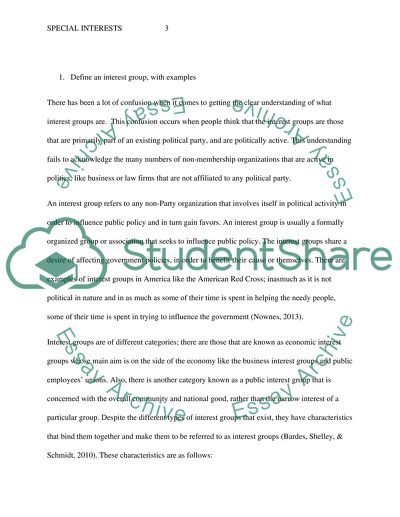Cite this document
(“Special Interests Essay Example | Topics and Well Written Essays - 1750 words - 5”, n.d.)
Special Interests Essay Example | Topics and Well Written Essays - 1750 words - 5. Retrieved from https://studentshare.org/history/1476538-special-interests
Special Interests Essay Example | Topics and Well Written Essays - 1750 words - 5. Retrieved from https://studentshare.org/history/1476538-special-interests
(Special Interests Essay Example | Topics and Well Written Essays - 1750 Words - 5)
Special Interests Essay Example | Topics and Well Written Essays - 1750 Words - 5. https://studentshare.org/history/1476538-special-interests.
Special Interests Essay Example | Topics and Well Written Essays - 1750 Words - 5. https://studentshare.org/history/1476538-special-interests.
“Special Interests Essay Example | Topics and Well Written Essays - 1750 Words - 5”, n.d. https://studentshare.org/history/1476538-special-interests.


